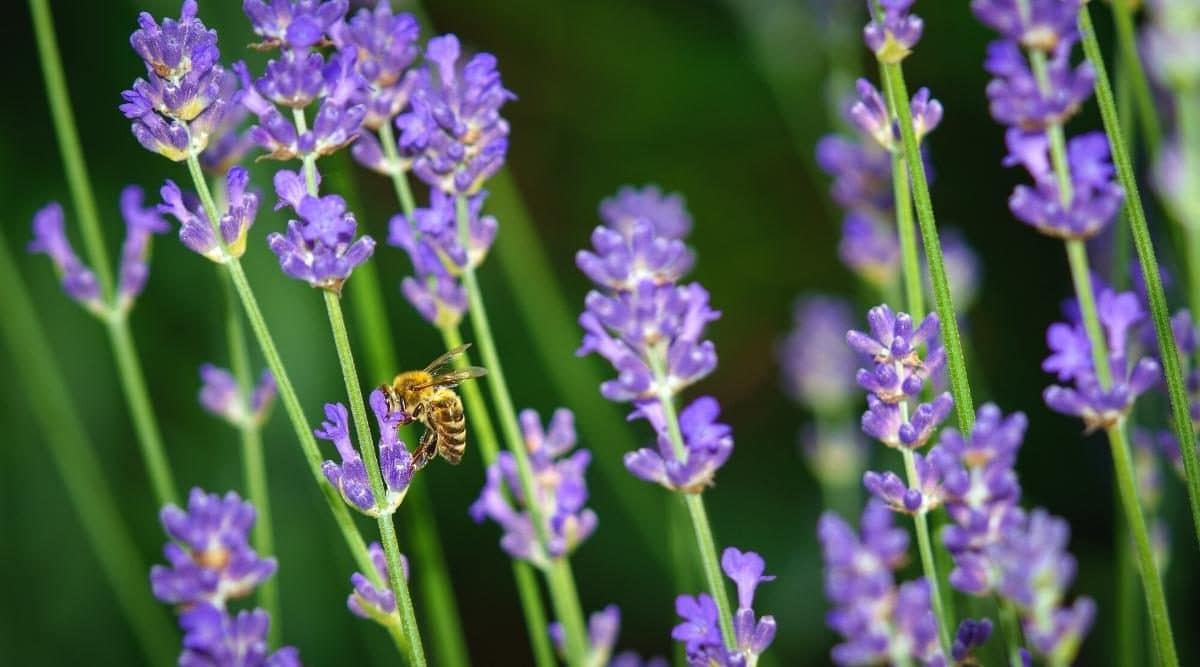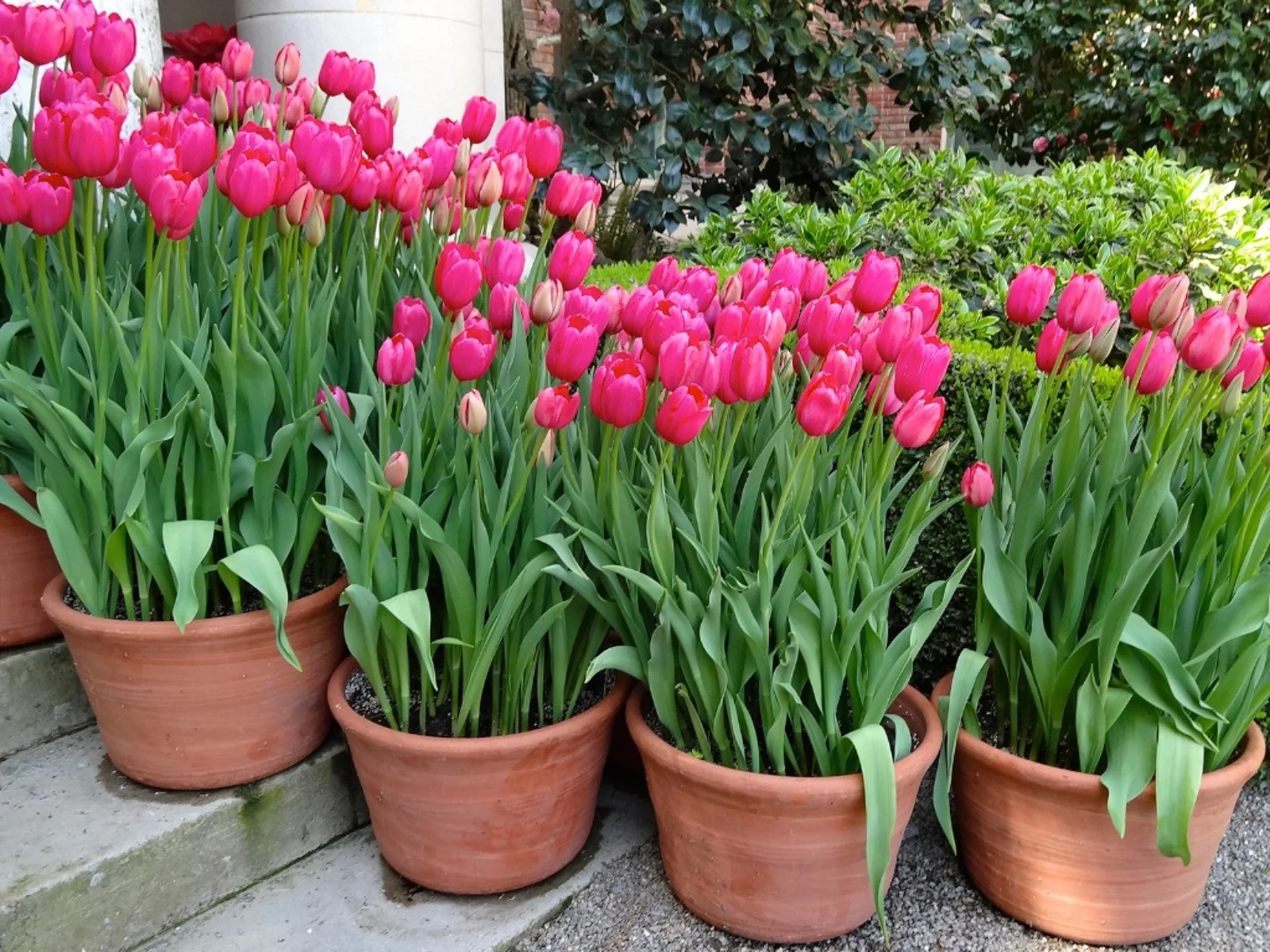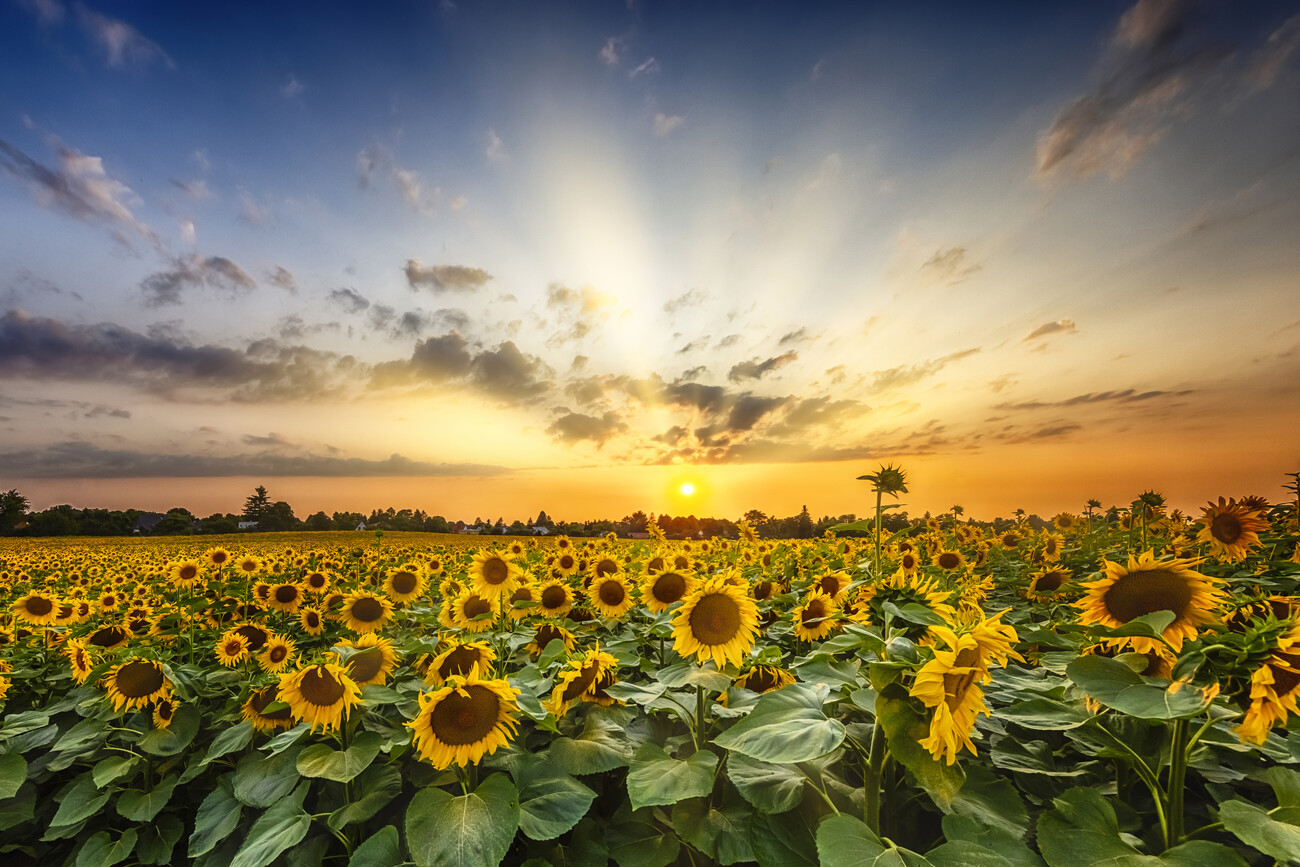How to grow lavender
Growing lavender is a popular choice for gardeners due to its lovely fragrance and beautiful purple flowers. Lavender is a hardy, drought-tolerant plant that thrives in sunny, well-drained soil. Here are steps to help you grow lavender successfully:
Choose the Right Variety:
There are various lavender species and cultivars available. Common types include English lavender (Lavandula angustifolia), French lavender (Lavandula stoechas), and Spanish lavender (Lavandula dentata). Choose a variety that suits your climate and personal preferences.
Select a Suitable Location:
Lavender requires full sun, which means it needs at least 6-8 hours of direct sunlight each day. Choose a location in your garden that receives ample sunlight.
Prepare the Soil:
Lavender prefers well-drained soil with a slightly alkaline pH (around 6.5 to 7.5). If your soil is heavy or clay-like, improve drainage by adding sand or gravel.
You can also plant lavender in raised beds or containers with a well-draining potting mix.
Planting Lavender:
Lavender can be planted from seeds, cuttings, or purchased plants. Spring or early fall is the best time for planting.
Space plants about 12-18 inches apart to allow for good air circulation.
Dig a hole slightly larger than the root ball, place the plant in the hole, and fill it with soil. Water thoroughly after planting.
Watering:
Lavender is drought-tolerant once established but requires regular watering during its first growing season. Water deeply but infrequently, allowing the soil to dry out between waterings.
Avoid overwatering, as lavender does not tolerate soggy soil.
Mulching:
Apply a layer of organic mulch, such as straw or wood chips, around the base of the plants to help retain moisture, regulate soil temperature, and reduce weed growth.
Pruning:
Prune lavender in the spring to promote bushier growth and prevent it from becoming too woody and leggy. Trim back about one-third of the plant, cutting just above a set of leaves.
Deadhead spent flowers throughout the growing season to encourage continuous blooming.
Fertilizing:
Lavender doesn’t require heavy feeding. In fact, too much nitrogen can lead to excessive foliage growth at the expense of flowers. Use a low-nitrogen fertilizer sparingly in the spring if necessary.
Winter Care:
Lavender is generally hardy, but in extremely cold climates, it may benefit from some winter protection. Mulch the base of the plants to help insulate the roots from freezing temperatures.
Pest and Disease Control:
Lavender is relatively pest and disease-resistant. However, watch out for aphids, whiteflies, and spider mites. Treat infestations with insecticidal soap or neem oil.
Harvesting:
Harvest lavender flowers when they are in full bloom, usually in mid-summer. Cut the stems just above the leaves.
You can dry the flowers for culinary or craft purposes by hanging them in a well-ventilated area.
About lavender
Lavender (Lavandula) is a fragrant, versatile herb renowned for its aromatic purple, blue, or white flowers and calming scent. Native to the Mediterranean, it’s a hardy perennial shrub commonly used in gardens, aromatherapy, and culinary arts. Lavender essential oil, prized for its relaxation-inducing properties, finds use in perfumes, herbal teas, and home and personal care products. It attracts pollinators, making it a favorite in gardens. Dried lavender flowers are crafted into sachets, potpourri, and wreaths. Symbolizing serenity and love, lavender has a rich history and continues to be cherished for its beauty, aroma, and diverse practical applications.
Lavender species
Lavender (Lavandula) is a diverse genus of aromatic herbs that encompasses numerous species and cultivars, each with its own unique characteristics. Here’s an overview of some prominent lavender species:
Lavandula angustifolia (English Lavender): Perhaps the most iconic lavender species, known for its sweet fragrance and compact growth habit. It boasts spikes of purple to deep blue flowers and is popular for essential oil production.
Lavandula stoechas (French Lavender): French lavender stands out with showy flower bracts resembling butterfly wings. It has a stronger scent than English lavender and often flaunts vibrant colors like purple and pink.
Lavandula x intermedia (Lavandin): Lavandins are hybrids, combining the best of English and spike lavender. They yield larger flower spikes and are prized for their potent fragrance, making them a favorite for essential oil production.
Lavandula dentata (Spanish Lavender): Recognizable for its serrated leaves and unique pineapple-shaped bracts, Spanish lavender has a milder fragrance and is loved for its ornamental value.
Lavandula latifolia (Spike Lavender): This species is known for its elongated flower spikes and camphoraceous scent. It’s often used in perfumery and medicinal applications.
Lavandula lanata (Woolly Lavender): Woolly lavender features silver-gray, fuzzy leaves and a compact growth habit. While its fragrance is mild, it adds a touch of texture and color to gardens.
Lavandula multifida (Fernleaf Lavender): With finely cut, fern-like foliage and purple-blue flowers, fernleaf lavender offers an intriguing appearance and subtle fragrance.
Lavandula x chaytoriae (Chaytor’s Lavender): A cross between English and woolly lavender, this species combines features of both, with fragrant leaves and purple flowers.



